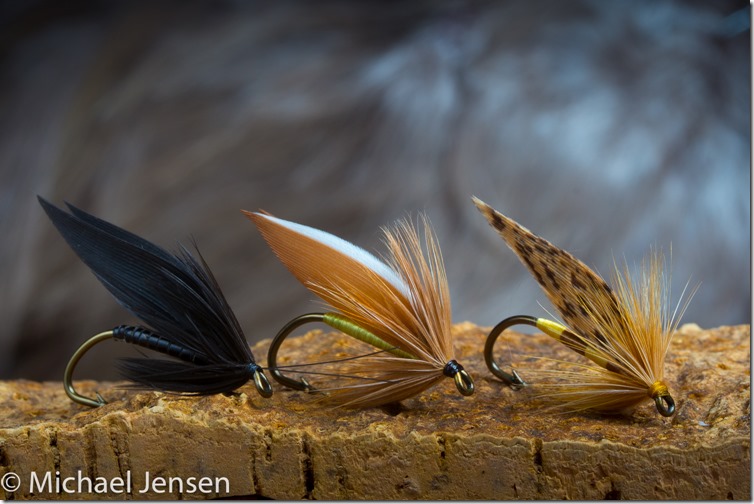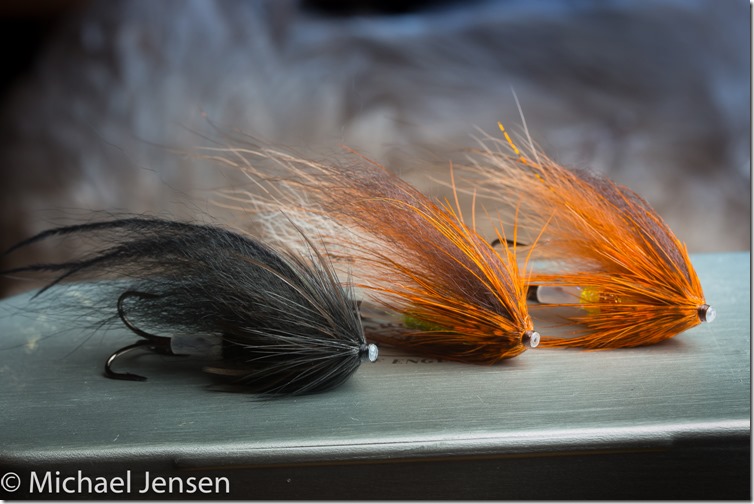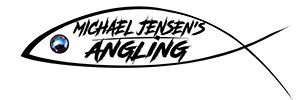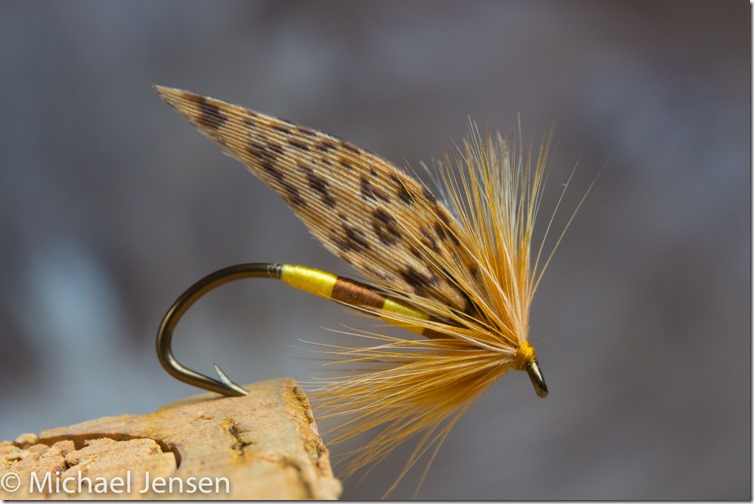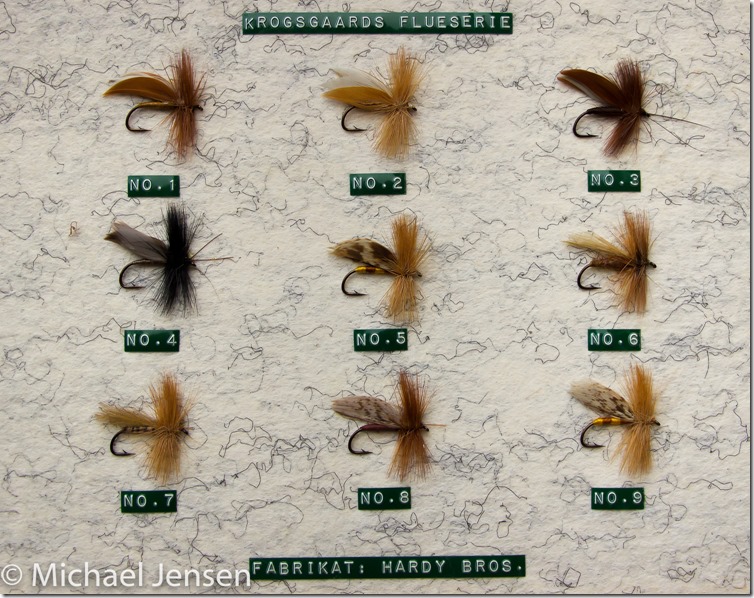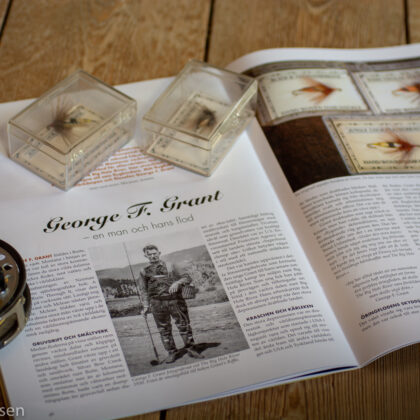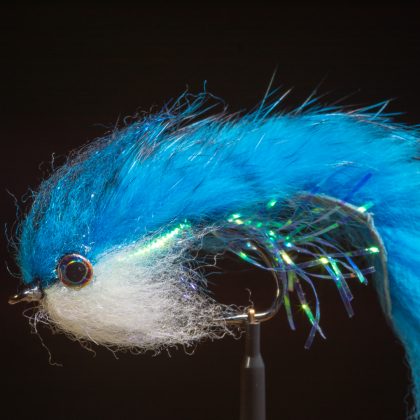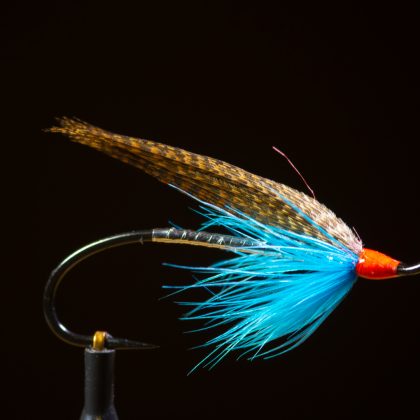Some of the most famous historic Danish flies are the Krogsgaard Series. This series of flies was designed by Hardy Bros. England – but the British designs were based on a large survey of the insects that were common in streams hosting trout and grayling. Olaf Krogsgaard and J. Kr. Findal did this work in collaboration.
I’ve recently written an article on the Krogsgaard flies – and it is featured in the new issue of the Scandinavian fly fishing magazine Flugfiske i Norden. So if you are based in Scandinavia – and are a subscriber… check it out.
For those of you, that aren’t Scandinavian: Well here are a couple of photos from the article, and the original Krogsgaard fly patterns.
Thanks a lot to John Lind Rasmussen and Henrik Kure Nielsen for tying, Mr. Erik Jepsen for the colour plate of the original Hardy Flies, and to the late Preben Torp Jacobsen for including the original Hardy patterns in his book, Nymfefiskeri.
Krogsgaard series (Original patterns from Hardy)
| No. 1.Body: Olive Floss, as used on Olive Dun
Hackles: Red cock on dry flies, red hen on wet flies Wing: One strip each of white and brown hen wing; on each side. Brown on the outside. |
No. 2.Body: 93A brown floss, ribbed oval gold.
Hackles: Ginger cock on dry flies. Ginger hen on wet flies. Wing: One strip each of cinnamon turkey or hen wing according to size and one strip of white goose wing quill or white duck wing quill according to size on each side. Cinnamon on outside. |
| No. 3.Body: Chocolate floss.
Hackles: Dark red cock on dry flies. Dark red hen on wet flies. Wing: One strip each of white and dark brown hen wing on each side as on No. 1. Antennae: 2 strands brown mallard |
No. 4.Body: Wookcock quill.
Hackles: Black cock on dry flies, black hen on wet flies. Wing: Waterhen or jackdaw. Antennae: 2 strands black horse hair.
|
| No. 5.Body: 153 and 93A Floss 4 parts two each colour alternatively.
Hackles: Ginger cock on dry flies, ginger hen on wet flies. Wing: Originally grey peacock wing. We use hard hen pheasant wings on small sizes and dark grey turkey wing quills on larger sizes. |
No. 6.Body: Mixture of olive and brown seals fur with a slight tinge of white, more brown than olive.
Hackles: Black and red cock. Wing: 4 points of cream cock hackles tied flat on dry flies, upright on wet flies. |
| No. 7.Body: Hard quill dyed fawn, rib chocolate floss.
Hackles: Ginger cock on dry flies, ginger hen on wet flies. Wing: 4 points of blue dun cock. Hackles tied ad No. 6. Antennae: Brown horse hair 2 strands. |
No. 8.Body: Originally dark brown raffia, we use 228 brown floss now.
Hackles: Light red cock on dry flies, light red hen on wet flies. Wing: Grey turkey dyed mauve. Antennae: Brown horse hair 2 strands. |
| No. 9.Body: 153 yellow and 93A brown floss as on No. 5.
Hackles: Ginger cock on dry flies and ginger hen on wet flies. Wing: Light grey turkey wings. |
